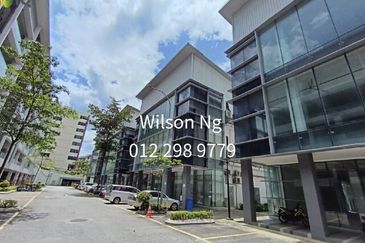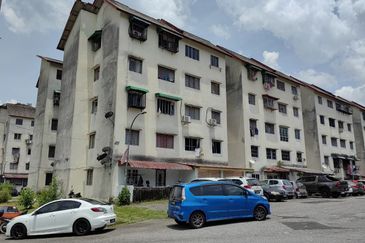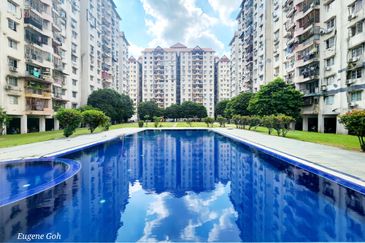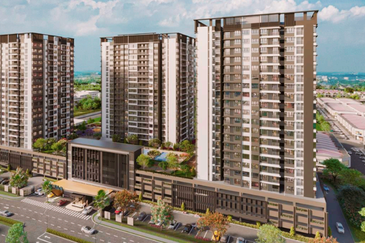
The total number of new retailer entrants to Asia Pacific last year registered the first decline since 2012. According to CBRE Research’s report released in June entitled “How active are retailers in Asia Pacific?”, a total of 429 new retailers opened stores in the 26 Asia-Pacific cities under the survey in 2016, a fall of 16% y-o-y.

“The decline was primarily due to the slower pace of retailer expansion in Singapore and Taipei, which have both seen sluggish economic growth and weak domestic consumption demand,” said CBRE Research. Retailers expect the current challenging environment to remain in the near future.
Singapore’s retailer expansion has been further constrained by the labour crunch, while the decreasing number of Chinese tourist arrivals has negatively impacted Taipei.
Although Singapore, Hong Kong and Tokyo remained the top three most attractive markets for retailer expansion, these cities saw some closures and market withdrawals as several foreign retailers opted to retreat amid lacklustre sales growth and intensifying competition.
The sluggish global economic growth has seen Asia-Pacific retail industry expansion shy away from cities in developing countries to well-established markets in developed cities that could provide stable growth outlook, said CBRE Research.
Most retailers anticipate the retail environment in Asia Pacific to remain challenging this year, meaning that they will be more risk-averse and invest in developed markets with proven sales performance.
The report tracked new retail entrants in 26 Asia-Pacific cities in 2016. It also surveyed 71 international retailers to gauge their expansion intentions in Asia Pacific for the coming year.
Respondents in the report were senior executives responsible for overseeing their brands’ regional and global real estate portfolio. Major sectors represented included fashion (34%), sports and specialist clothing (21%), coffee and restaurants (15%), and luxury (10%).
Hong Kong tops the list
Hong Kong ranks as the most popular destination for retailer expansion in Asia Pacific.

“More retailers are keen to expand in the city now that rents have fallen to more affordable levels,” stated CBRE Research in the report.
Guangzhou in China, Ho Chi Minh City in Vietnam, Mumbai in India, Melbourne and the Gold Coast in Australia all recorded a sharp rise in retailer expansion in 2016, supported by the completion of new shopping centre supply.
The report also revealed that landlords of new shopping centres in Asia Pacific remain keen to introduce new brands to differentiate their malls from others.
Home-grown retailers displayed a stronger appetite for overseas expansion in 2016, accounting for 40% of new retailer entrants recorded during the year. Activity was led by retailers from Japan, South Korea and Australia.
The expansion, the report noted, was largely driven by static sales growth and market saturation in their home countries, along with regional shopping centre landlords’ demand for new brands.
Over half of the new entries by Japanese and South Korean retailers in 2016 involved cafes and restaurants, reflecting strong consumer demand for Asian cuisine and eating out.

Activity by Australian retailers was led by apparel, footwear and houseware stores expanding in New Zealand.
Challenges
Economic uncertainties and increasing cost were the main concerns of retailers. Although retail rents in most countries remained flat — except Hong Kong, which experienced strong correction — labour and manufacturing costs had escalated due to tight labour supply and rising wages.

“Retailers have found it challenging to pass on these rising costs to their customers due to intense competition and cautious consumer spending,” said CBRE Research. Overall, it said, retailers in Asia Pacific expect higher risk this year and will turn more conservative towards expansion.
Fast-changing consumer behaviour
CBRE Research observed that consumer behaviour has changed as they now have lower brand loyalty and are instead constantly looking to try new products.
More retailers, it said, are using technology to monitor and analyse consumer behaviour.
“Quite a number of retailers are integrating their in-store experience with social media platforms to engage with consumers.
“Almost half of the respondents said they already have or intend to introduce customer analytics technology in their bricks-and-mortar stores. Collecting information on who their consumers are, the products they buy and try, and how they navigate around stores can play a key role in helping retailers improve operational efficiency,” the firm noted in the report.
Moving forward, CBRE Research believes there will be a stronger focus on reshaping store networks to be more agile and in ensuring they are ready to respond to shifts in consumer behaviour.
The real estate consultancy advised landlords to increase their investment in store technology to enhance their tracking and understanding of consumers.
It also recommended shopping centre landlords to strengthen their monitoring of shopper traffic and to identify underutilised spaces. Landlords who can effectively harness and utilise big data will gain an added advantage in the battle to secure quality tenants, it said.
This story first appeared in TheEdgeProperty.com pullout on July 28, 2017. Download TheEdgeProperty.com pullout here for free.
TOP PICKS BY EDGEPROP

Hexa Commercial Centre
Desa Petaling, Kuala Lumpur

Taman Mawar, Bandar Baru Salak Tinggi
Sepang, Selangor

Amber Residence @ twentyfive.7
Kota Kemuning, Selangor






















